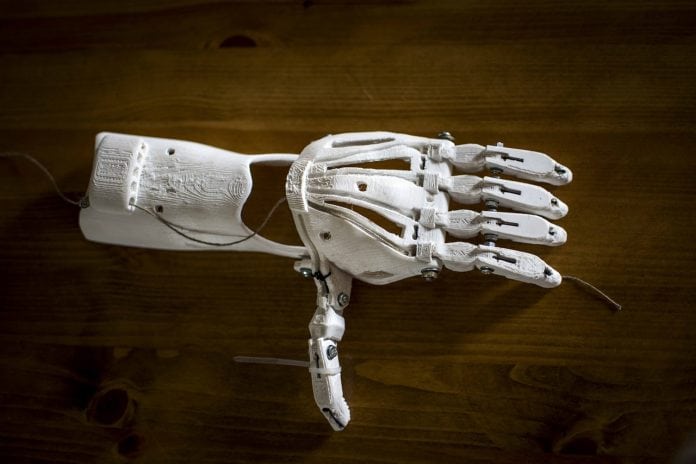
Having a low-cost, open-source 3D printer at home promises a 100 percent return on your money. Just plug it in and print household items.
In a recent study published in Technologies, Michigan Technological University Associate Professor Joshua Pearce set out to determine how practical and cost effective 3D printing at home is for the average consumer.
He found that consumers, even those who are technologically illiterate, can not only make their money back within six months, but can also earn an almost 1,000 percent return on their investment over a five-year period. Pearce estimates that using only the random 26 objects analyzed in the study may have already saved consumers who use 3D printers at home more than $4 million. There are several million free 3D printable designs available on the web and a good selection of 3D printers on Amazon.
Out of the Box
To compile the data, the researcher asked an undergraduate student majoring in materials science and engineering, to use a 3D printer fresh out of the box with no prior experience, instruction or guidance. They used a Lulzbot Mini, a low-cost model that can print in high resolution, works with a variety of operating systems and supports open-source hardware and software (meaning that all source codes associated with the printer and its programs are freely available and can be modified).
After commissioning the Lulzbot, a process that took roughly half an hour, the researcher used a 3D design file search engine called Yeggi to find and build 26 popular, everyday items.
Printing Money
Some simple economic analysis proved that printing 26 items, the researchers simulated household 3D printer use over a six-month period, with the conservative assumption that a typical household might print one “homemade” item per week.
They printed items that were reasonably popular, such as tool holders, snowboard binder clips and shower heads. They monitored each item’s energy, print time and plastic use to determine its costs, then conducted a savings analysis on a per-item basis.
For each item printed, from mounts for GoPro cameras to Dremel tools, the researchers ran high-cost and low-cost comparisons. For example, for a printed cell phone case, the total cost of printing was compared with the purchase cost of both a high-end phone case and the least expensive model available.
The low-cost comparisons showed an average 93 percent savings, while the high-cost comparisons showed an average savings of 98.65 percent.
With the low-cost estimates, the printer pays for itself in three years and all the costs associated with printing, such as the price of plastic and electricity. The expenses are not only earned back, but provide a 25 percent return on investment. After five years, it’s more than 100 percents.
With the high-cost estimates, the printer pays for itself within six months. And after five years, you’ve not only recouped all the costs associated with printing, you’ve saved more than $12,000.
The lead researcher says a five-year life cycle for the printer is reasonable, mainly because the Lulzbot Mini is open source – all the files to upgrade and fix the machine are available for free online. Many of the parts most likely to break are even 3D printable. In addition, only the printer’s default settings have been used and no complicated items were produced, such as scientific equipment.
Such examples will help others have more confidence in 3D printing at home. As the technology develops and more printable designs become freely available online, it will only get easier.


































